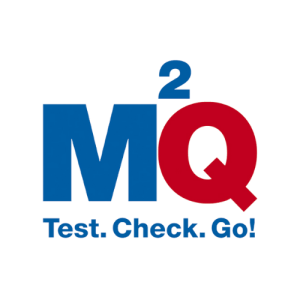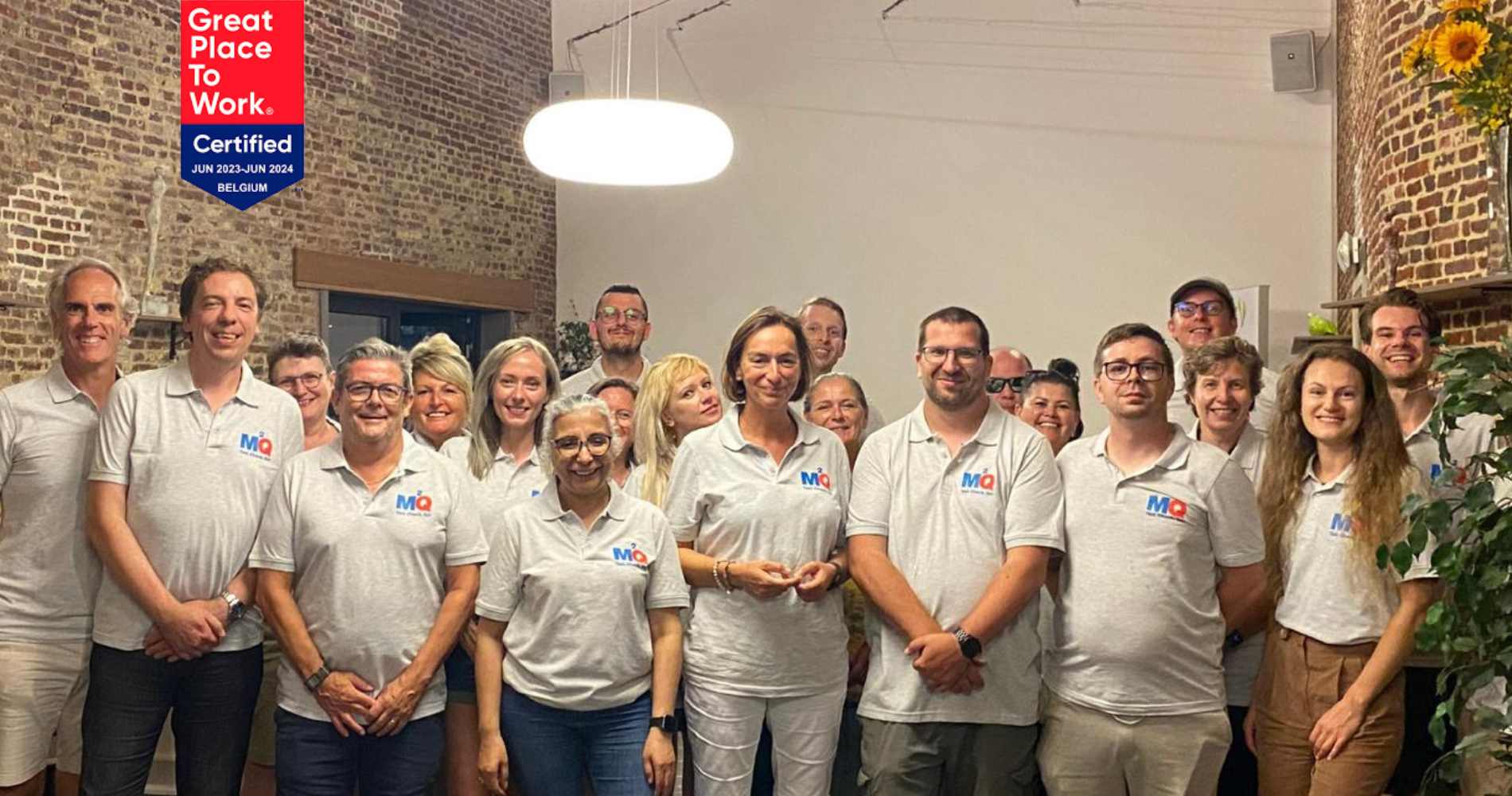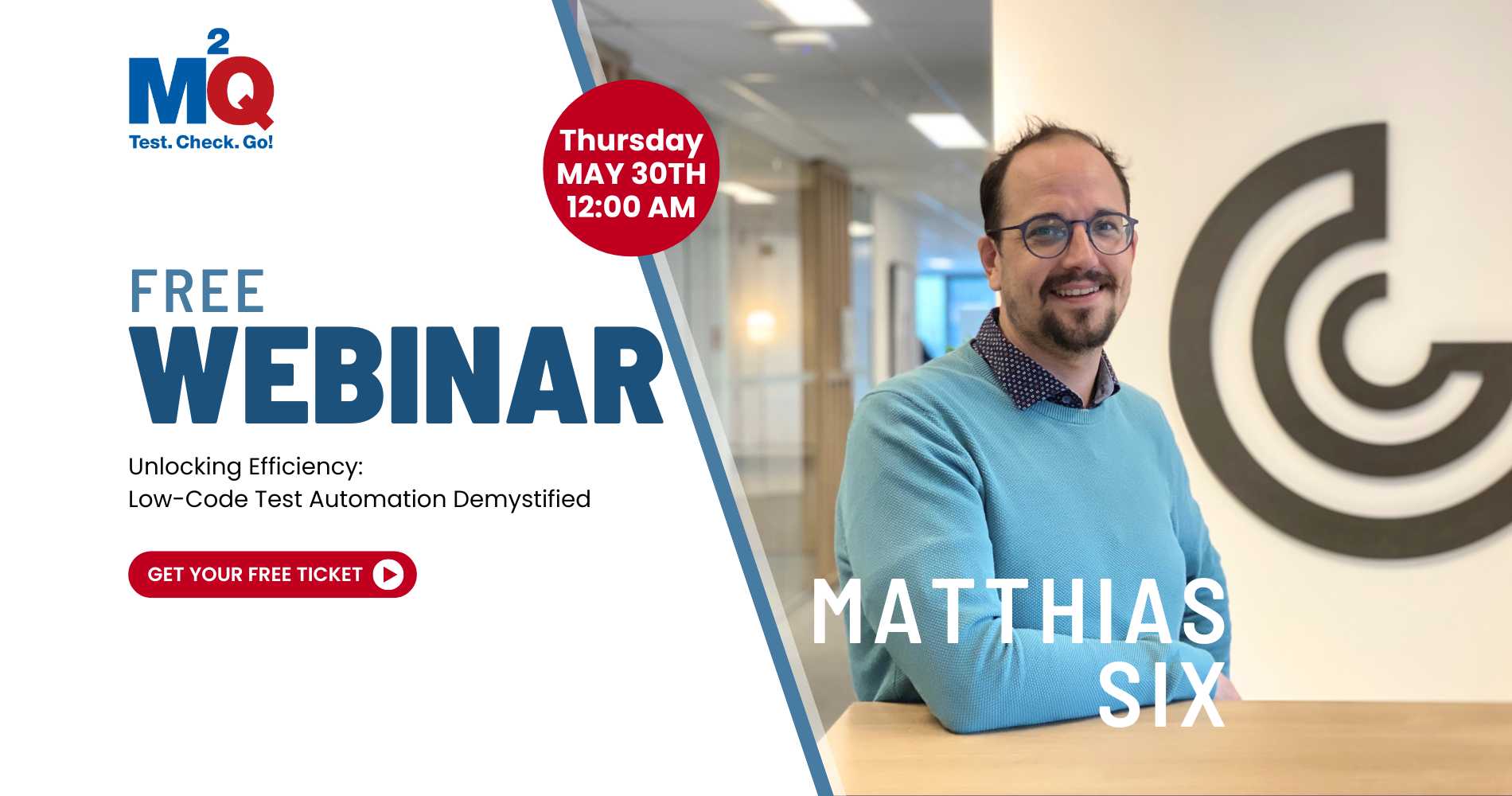The phrase “Smoketest” comes from the construction industry. During such a smoke test, pipes are filled with smoke to indicate leaks and other underlying problems in the water pipes.
In the engineering industry, smoke tests were first used for hardware testing. In this test, hardware boards were tested to see if they would smoke once plugged in and turned on. If they looked smoke, they would not pass the tests and were disconnected immediately. If they did not, they would move on to the next round of testing.
Smoke testing plays a similar role in software development and software quality assurance – albeit without the literal smoke.
What is tuxedo testing in software testing?
Smoketests are a critical component in application development and quality assurance. It is the first line of defense against faulty code in initial software builds. Smoketests are not used to debug builds – they are used to find out if the builds work in the first place.
Unlike other QA tests that are exhaustive and check the overall code, smoketests are quick and targeted. They are used to test newly written software and ensure that the core or critical functions of the written program are working properly.
If any of the software’s key features or functions fail, the build is immediately rejected or re-run. Testing only the most important functionalities of the software saves time, effort and cost. In short, smoketests can help improve the return on investment on the product.
If an error has occurred in the critical areas of the build, it is a waste of time to check the other, less important functions. In that case, it would also be a waste to keep working on the current build as well.
Features of Smoketests
Smoketests are also called build verification tests or build acceptance tests. The tests verify that the key features of the first build work accurately. Based on the results, the build may be accepted for the next set of QA tests or rejected altogether.
Smoketests are sometimes called intake tests because they determine the next round of testing.
Several aspects or characteristics distinguish smoketests from other types of QA tests.
Some of the key features include:
Rapid execution: Only the important features or critical functionalities of the build are tested. It usually takes only 60 minutes to complete a smoko test.
Flexible: Smoketests can be performed manually or through automated processes.
Non-exhaustive: These tests involve a very limited number of test cases. However, they should still be able to uncover basic flaws in newly built software.
Broad coverage testing: Applicable to various levels of software testing, including integration testing, acceptance testing and system testing.
Easy testing: Smoketests should also be easily performed by developers to improve QA processes.
Types of Smoketests
There are three ways that developers and QA testers can perform smoketesting. The type of smock test used depends on the software being tested, time constraints or personal preference.
- Manual testing
This is the most common form of Smoketesting. This method tests each initial build or any new features added to existing builds. In the manual method, you must modify or update your test scripts based on each test requirement. In some cases, you may need to create entirely new scripts. - Automated testing
Smoketesting automation allows you to test entire batches of initial builds. Using an automation tool for Smoketests is ideal when you have limited time before you start using the build. - Hybrid testing
As the name suggests, hybrid tests are a mix of both manual and automated Smoketests. Combining the two types can improve overall test performance.
M2Q provides high-quality QA consultants. Our team consists of top technical talent with years of on-the-job experience. We work closely with our customers to provide customized quality assurance solutions.
We streamline your Smoke and QA testing with the expertise of our team. Contact us today at info@m2q.be and find out how we can help you improve the quality of your software.
Author: Günther Himschoot







